
Discovering the Saluki Dog Breed: Uncovering the Ancient Sighthound Breed
The Saluki is a noble, ancient breed that has remained largely unchanged for thousands of years. Once the cherished hunter of nobles, this breed may be the perfect companion to bring grace, love, and some fun to your home.
However, these dogs need some special care and handling that not all pet parents are prepared for. Here’s what you need to know abut the Saluki and some factors to consider before getting one.
The information provided herein is for informational purposes only. Please refer to our disclaimer for more details..
Quick Facts About the Saluki
Image credits: Artem Sapegin
- Ancient Origin: The Saluki is one of the oldest dog breeds in the world, with archaeological evidence tracing back to Ancient Egypt, around 5000 years ago.
- Cultural Significance: In Arabian culture, the Saluki is known as “El Hor” or “The Noble One,” signifying its esteemed status compared to other dogs.
- Health Traits: Salukis are generally healthy but prone to certain conditions like heart muscle issues, sensitivity to anesthesia, and susceptibility to gastric torsion due to their deep chests.
- Dignified Personality: Salukis are known for their dignified, cat-like demeanor, being independent yet sensitive, and forming deep bonds with their families. They are generally gentle with children but have a strong chasing instinct.
- Size and Coat: The breed typically stands 23 to 28 inches at the shoulder, with a coat that can be either smooth or feathered and comes in various colors and patterns.
- Exercise Needs: Salukis require a lot of exercise, needing space to run freely in a securely fenced area, as they are capable of high speeds and have strong chasing instincts.
- Training: Training a Saluki requires patience and positive reinforcement, addressing their independent nature and socialization needs from a young age.
- Adoption and Breeding: Prospective Saluki owners should consider both reputable breeders, with the support of organizations like the Saluki Club of America, and adoption options, recognizing that many Salukis need homes due to misunderstandings of their nature and needs.
Breed Overview
Image credits: Alexandra Sullivan
The Saluki is believed to be one of the oldest dog breeds in the world, tracing its roots back to ancient times. Archaeological evidence like tomb paintings and artifacts from Ancient Egypt point to the existence of the Saluki or its ancestors 5000 years ago (source).
In Arabian culture, the Saluki is known as “El Hor” or “The Noble One,” while other dogs are simply called “kelb” (source).
The Saluki was recognized by the American Kennel Club (AKC) in 1927 (source). The science points to the Saluki dog breed that was acknowledged by the AKC is very much the same as the one depicted on tomb paintings 5000 years ago.
A skeleton of a Saluki dug up in 1987 was from 2500 BCE, but when compared to one of the first Salukis brought to England from Egypt 3000 years later, they were almost identical (source).
Saluki enthusiasts and breeders are a dedicated community, actively participating in AKC events and showcases of dog training. The “gazelle hound” is especially good at demonstrations of speed, like Lure Coursing.
Health
Salukis are generally pretty healthy. These dogs developed for purpose, not looks, and despite their gorgeous appearance, they’re robust members of the hound group able to handle harsh desert conditions with ease. That said, like all dogs, even the oldest breeds, they are prone to some health conditions.
- Heart Muscle Concerns: Salukis may be predisposed to heart conditions affecting the heart muscle. Regular cardiac screenings can help in early detection and management.
- Deep Chest: Their deep-chested build makes them susceptible to gastric torsion or bloat, a serious condition that requires immediate veterinary attention. Smaller meals throughout the day instead of one or two big meals may help to prevent it (source).
- Sensitivity to Anesthesia: Due to their unique physiology, Salukis may have increased sensitivity to anesthesia and certain medications (source). This should be a key consideration during any surgical procedure.
- Short Coat Care: Whether the coat is short or feathered, it doesn’t not provide much protection against the cold. Thus, Salukis may need additional care in colder climates.
Personality
Salukis have a dignified, cat-like demeanor and can sometimes appear aloof. While they can be independent, they’re sensitive dogs that form deep bonds with their families. They’re generally gentle with children but can be skittish around too-boisterous kids.
They have a strong chasing instinct, which can sometimes be directed towards smaller animals, and in some cases, children who run.
Salukis can be somewhat independent with other dogs but often seem to enjoy the company of other Salukis. If your Saluki doesn’t get along with another dog, there are likely some things you can do to help.
Despite their high energy levels outdoors, Salukis are surprisingly calm and refined inside, especially when given ample opportunity to run and exercise daily. This balance of energy and calmness makes them well-suited to family life.
Size and Appearance
Image credits: Chewy
The Saluki has a graceful and slender physique with a deep chest, long neck, and narrow head. The breed typically ranges in height from 23 to 28 inches at the shoulder, with weight varying.
The coat comes in a variety of colors and patterns, including red, fawn, golden, cream, grizzle, black and tan, and many more. The coat can be either smooth or feathered. The feathered variety has longer hair on the ears, tail, and the back of the legs.
Care and Grooming
Coat care varies depending on whether it’s smooth or feathered:
- Smooth Coat: Requires minimal grooming. Regular brushing, about once a week, with a soft brush, will help remove dirt and loose hair, keeping the coat shiny and healthy.
- Feathered Coat: Needs a bit more attention to keep longer hair from tangling. Use a soft brush on the short hair and comb out the feathered areas.
Regular nail trimming is essential for the Saluki, as overgrown nails can quickly cause discomfort and potential health problems. These dogs have hard nails that grow quickly, so regularly trimming, ideally with a grinding tool so as not to split the nail bed, is necessary.
Salukis can be prone to some dental issues, like many narrow-mouthed breeds, so start teeth brushing from an early age to maintain dental health and prevent tartar buildup.
Training and Exercise
Image credits: vis_saluki
Salukis are a high-energy breed that requires a lot of exercise to maintain their physical and mental well-being. They’re not known as the gazelle dog for nothing. A quick walk around the block is not sufficient.
They need ample space to run and get out that energy. Ideally, they should have access to a large, securely fenced yard where they can run freely. Fences should be at least six feet high as Salukis are known to be great jumpers.
Like most sighthounds, Salukis need to exercise in an enclosed area or on a leash. They are capable of reaching high speeds in pursuit of prey, as fast as 40mph (source). They can also keep up speeds of around 35mph for up to 10 or 15 miles.
Needless to say, you’re unlikely to catch your runaway Saluki if it sees a hare or a squirrel. And unfortunately, no matter how much your dog may love you, you’ll probably not be able to train them not to chase prey. The instinct has been honed for 5000 years in this royal dog of Egypt, and you’re unlikely to be able to train it out of your dog.
While intelligent, Salukis have an independent nature that can pose a challenge in training. Training a Saluki requires patience and consistency. They respond best to positive reinforcement techniques and short training sessions. Games and puzzles are a great way to integrate training into fun.
Some Salukis may dislike being left alone, so it’s important to gradually train them to be comfortable with periodic solitude to prevent separation anxiety from the time they’re young. Salukis are generally pretty sociable, but a bit reserved. It’s important to introduce them to various environments, people, and other animals at a young age so they’ll grow into a well-adjusted and confident dog.
Buying a Puppy
When selecting a breeder, look for transparency about the health and lineage of the puppies. A good breeder will be happy to answer your questions, show you their registration and where the puppies are raised, and provide health clearances for the parents.
A great resource for finding reputable breeders is the Saluki Club of America. They can provide a list of breeders who adhere to ethical breeding standards. However, you should always do your own checks of the health clearances, conditions parents and puppies are kept in, etc. It’s worth putting in the time to find a good breeder to avoid genetic health issues down the road.
Adopting
Adopting gives a Saluki a second chance for a happy life and can be incredibly fulfilling. Lots of great Salukis end up homeless just because people purchased them not knowing what they’d be like as an adult dog. These dogs may be rehomed for things like “chasing the cat” or “jumping the fence” –things an educated Saluki owner would have expected.
Look into breed-specific shelters or rescue groups specializing in Salukis or sighthounds. Be prepared for an application process, which may include questions about your lifestyle, home environment, and experience with dogs. If the rescue doesn’t seem to care much about who you are or how you’ll care for the dog, think twice about working with them. Reputable organizations care where their rescued dogs end up.
Conclusion
Once revered as providers and watchdogs of Egyptian nobility, the Saluki is relatively unchanged, still celebrated for their speed, grace, and loyalty. They stood alongside pharaohs and nobles, not just as hunters or protectors, but as honored companions, and they bring the same elegance and loyalty to modern homes today.
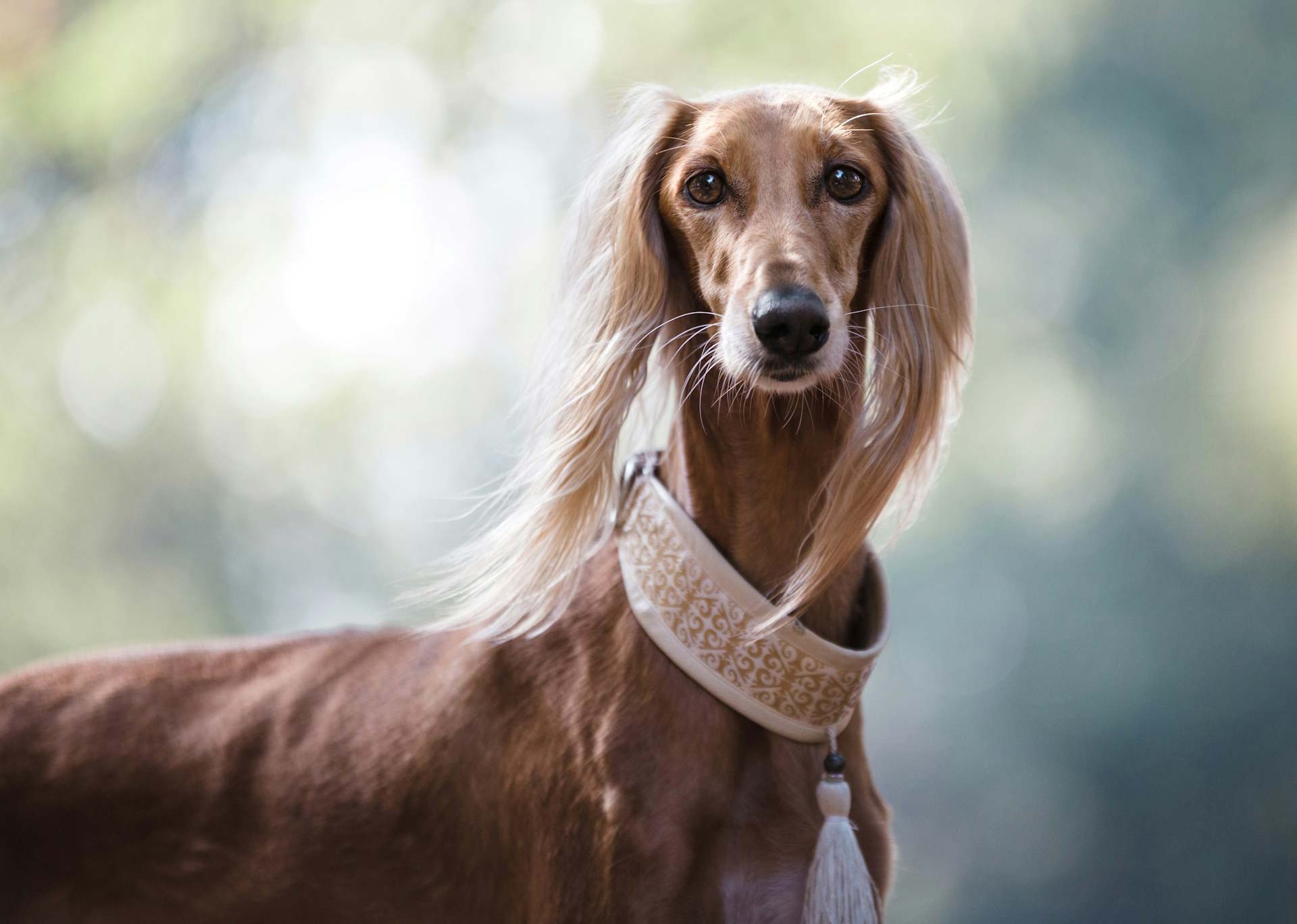
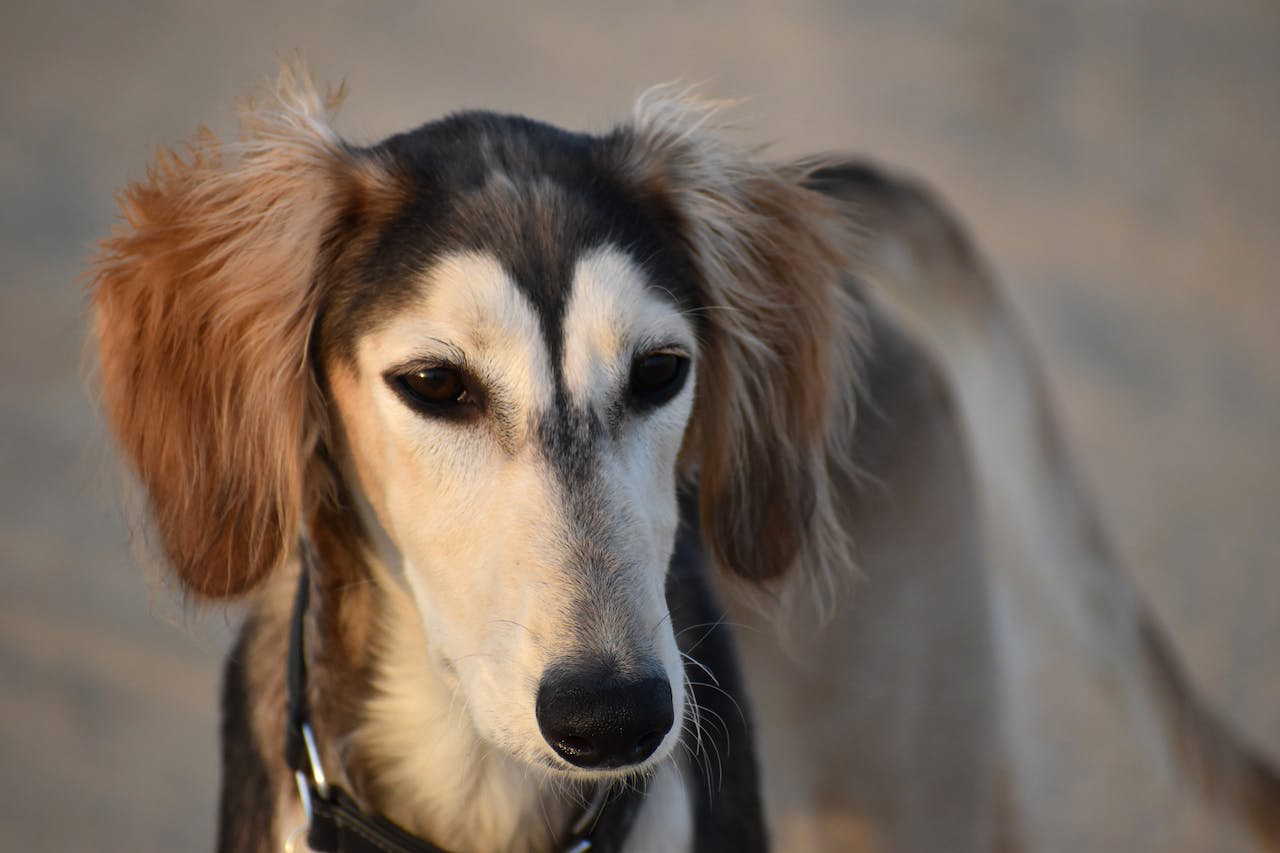
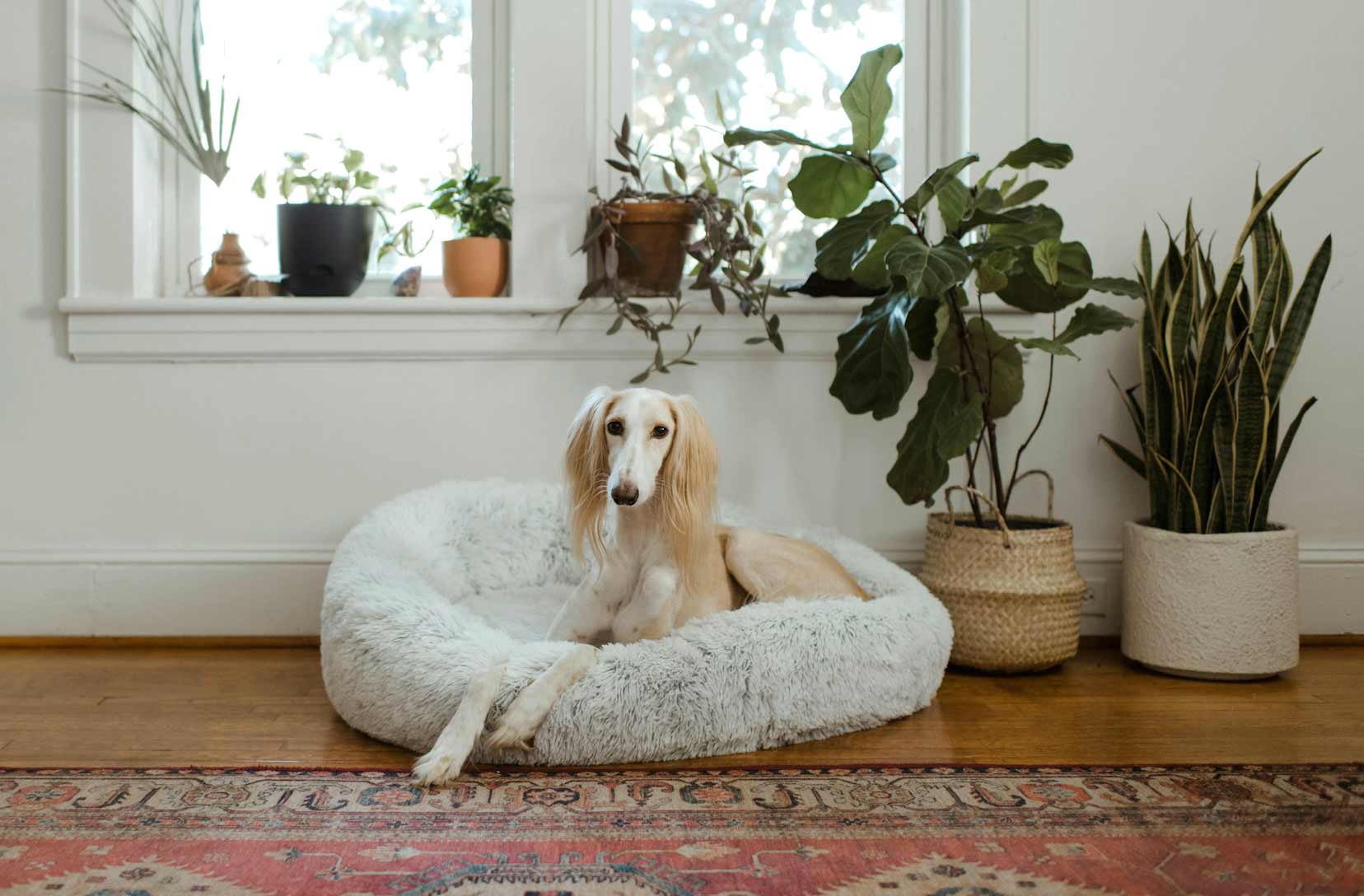
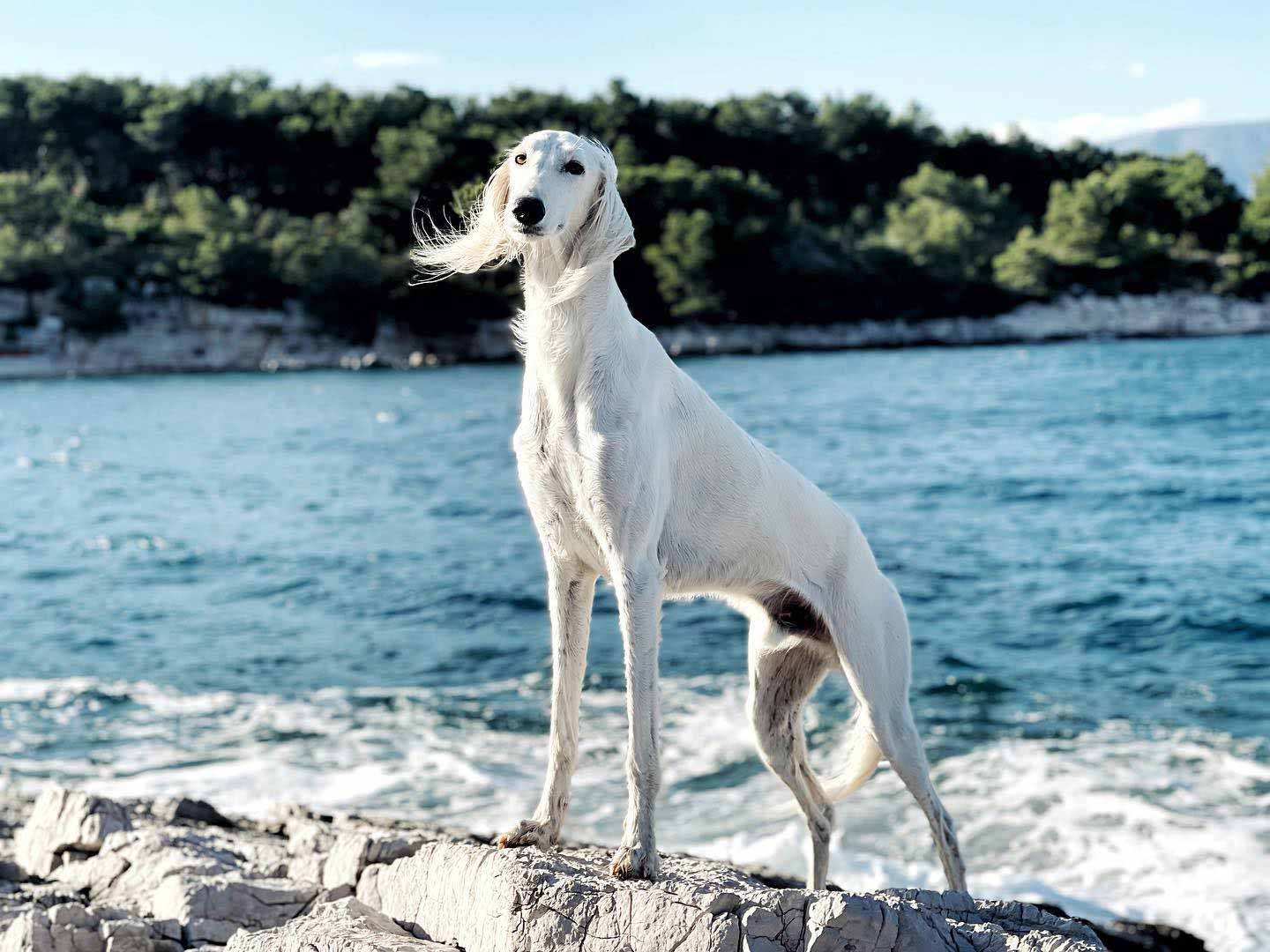
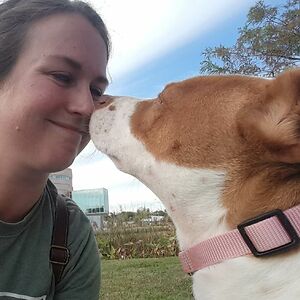


-3
0